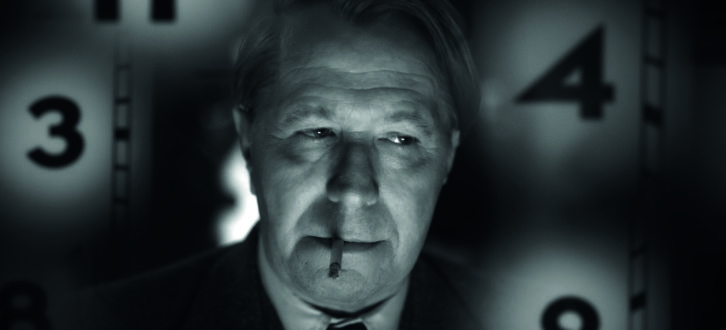
In the sound industry, it’s difficult to talk about director David Fincher’s work without talking about sound designer/re-recording mixer Ren Klyce. They have collaborated on the past ten Fincher films—Seven, The Game, Fight Club, Panic Room, Zodiac, The Curious Case of Benjamin Button, The Social Network, The Girl with the Dragon Tattoo, Gone Girl and, most recently, Mank. Plus, Klyce helmed the sound team on Fincher’s Netflix series House of Cards and Mindhunter.
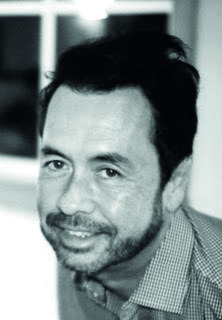
So far, Klyce’s sound work for the director has earned two Oscar noms for sound editing and three for sound mixing, with the possibility of Mank earning additional accolades in the upcoming 2021 awards season.
With so much successful work-history between the two, one would assume that Fincher would loosen the reins for Mank, but that was not so. In fact, Fincher’s “goals for this film were the most specific that he’s actually ever had, given what he was trying to achieve—with the effect of the film as a whole feeling like it came from a different time period,” says Klyce, who co-sound supervised, sound designed and helped on the final mix of Mank at Skywalker Sound (although Covid did force the team to collaborate remotely during editorial and to limit the number of people on the dub stage). “He had a very clear idea in his mind about what the soundtrack should be like.”
Mank—currently streaming on Netflix—is a biographical drama about writer Herman J. Mankiewicz (played by Gary Oldman) and how he wrote the screenplay for Citizen Kane with Orson Welles (Tom Burke). The film unfolds during the Golden Age of Hollywood filmmaking but Fincher didn’t want to just create an authentic ‘30s-film look. He wanted to transport the audience to that time in Hollywood history. Klyce says, “David was very specific about the emotion that he wanted the audience to have when they were watching this film. He wanted it to feel like it had actually been made in that same time period with the technology that was available at the time.”
New Tools, Old Sound
On the sound side, that involved defining the parameters of the “old Hollywood film” feel. Fincher wanted a mono soundtrack that was crackly and noisy, a limited frequency spectrum that emulated the range of classic films, and an overall lively room quality to create the sensation of watching Mank in a great old Art Deco movie palace in the ‘40s.
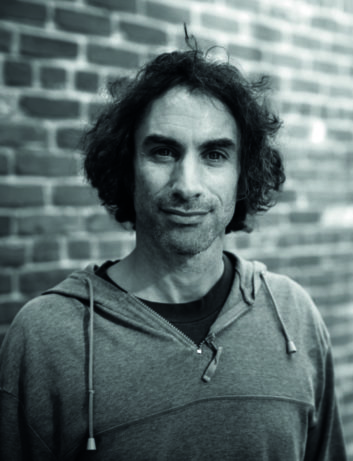
“Being sound people, we wanted it to sound as clear and beautiful as possible,” says Skywalker Sound talent and co-supervising sound editor Jeremy Molod. “A big challenge for us was to find that balance of making it creative and clear and exciting while still sounding like we used the recording technology of the ‘30s.”
Achieving these goals required a multi-stage patina process, which began while Fincher was still filming and cutting the picture with editor Kirk Baxter on the weekends. “David wanted to get the experience of the sound really early on, even suggesting that production sound mixer Drew Kunin make a crappy mix—or record the sound that way—to work with while they were cutting,” adds Klyce. “We knew we needed to satisfy David’s wish to hear the sound that way (without having it recorded that way), so we came up with a way to filter Kirk’s Adobe Premiere output.”
To create the filter, first they ran the original Citizen Kane soundtrack through a spectrum analyzer to determine the overall sonic shape of that film. Klyce says, “We started to realize there was nothing below 110 Hz, with all these strange bumps in the midrange at 2 kHz and 4 kHz, and then a dramatic dropoff at around 5 kHz that didn’t go all the way out. There would be frequencies at a very low level to about 12 kHz.”
They then used a FabFilter EQ to create an inverse of that spectrum analysis, applying the same sonic limitations to Mank that were in Citizen Kane.
This worked well enough for the picture cut, but “we found that there wasn’t just one blanket setting that would ultimately make the patina sound the way we wanted it to sound,” says Molod.
The patina was more than just the Citizen Kane filter. They also added a bit of distortion using an analog tape emulation plug-in from Waves called Kramer Master Tape. “You can simulate running the tape at seven-and-a-half inches per second, and then changing the bias created a little bit of distortion, particularly in the dialog,” Klyce says. “That was a nice little sound that was never quite the same. Depending on who would speak, it would over-modulate or sound crunchy.”
To round out that old-film feel, Klyce and Molod added in noise layers they captured, like tape hiss from an old mag SONDOR recorder and the whirring motor of the KEM they used to play back old 35mm films. “We have some 35mm films that had big silent sections, and we could hear the hiss, crackle and warble sounds. That was another sound that we added. These were just noises, which are great, and they’re actually the finishing touch,” says Klyce.
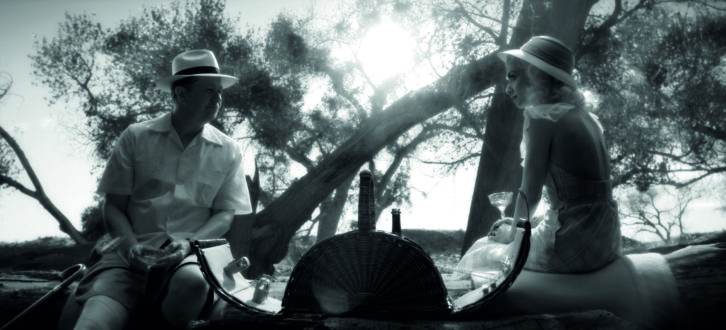
Mixing at Skywalker
The sound for Mank was recorded and designed as cleanly as possible, then the re-recording mixers—Klyce on music, David Parker on dialog, and Nathan Nance on effects—added the patina to each of the nine stems: two music stems, dialog, loop group, ambience, hard effects, Foley footsteps, props, and the “old film” noise track. To get the patina just right, the mixers had to fine-tune the settings for each stem.
“A setting that was great on sound effects wasn’t great on Foley,” Klyce explains. “Or, we’d get a setting that was great on dialog but wasn’t good on music. So we had a slightly similar but slightly different filter and process for each.”
Additionally, the dialog patina worked well for some actors but not others. Klyce notes, “Marion Davies (played by Amanda Seyfried) sounded great, but L.B. Mayer (Arliss Howard), for whatever reason, sounded muffled going through the patina and we just didn’t know why. So we had to craft every line and make decisions like: ‘That line needs to be more distorted, but that line is too distorted.’ It took some time to go through.”
Once the sonic coloring was complete, they created an L-C-R mix, with music in the left and right channels and dialog, effects, and Foley in the center. “It’s largely mono but David wanted to give the composers Atticus Ross and Trent Reznor their own sonic space on screen,” admits Klyce.
The final key aspect of the patina was to make the film feel like it was playing back in a theater from the 1930s—to replicate that experience for a modern audience. “The architecture of the period created this large echo,” Klyce says. “Also, those theaters were huge. They had balconies and they could hold over two thousand people at a time. David really wanted to have that feeling, to hear the movie echo against the walls of an old theater.”
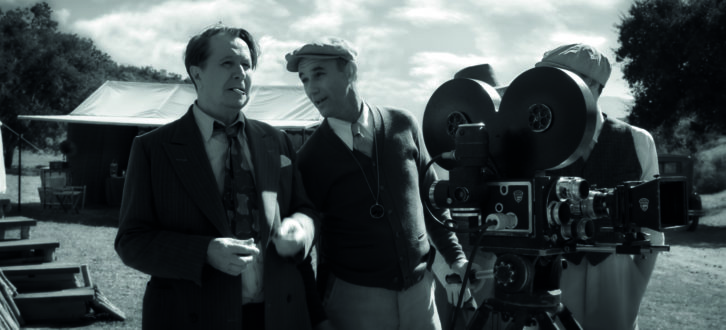
Instead of digitally re-creating that reverb using impulse responses captured inside an old theater, Fincher suggested playing the film back in the Grand Lake Theater in Oakland and then recording the sound in that space. Klyce admits, “When you’re dealing with a filmmaker who has these desires, of course you want to execute those asks, but the idea of trying to get a pristine recording inside of the Grand Lake Theater was a little scary.”
“There would be too much traffic outside, cars, construction noise, and people. And we wouldn’t have the flexibility of having all the equipment in our hands,” explains Molod. “So we came up with the idea of using the Scoring Stage at Skywalker Sound.”
The Scoring Stage features high ceilings, hardwood floors, and hard walls. It has an acoustic signature similar to a vintage movie palace. And, best of all, it’s a controlled recording environment.
“It even has a large screen and speakers for playback so the orchestra can actually see the film during a scoring session,” adds Klyce.
The sound team set up a dozen mics around the Scoring Stage—like B&K 4011s, Royer ribbon mics, Coles 4038s, a Neumann U47, and others—to capture playback of the L-C-R mix from different angles and distances from the speakers. “It was so exciting to watch the movie come to life in the way that David and producer Cean Chaffin wanted,” shares Klyce. “If you can imagine seeing this film playing in this echo-y room, it was like, wow, this thing is alive! It’s bouncing across the room!”
After soaking in the sound on the Scoring Stage, Klyce, Molod and the team moved to the control room, where they could single out different microphones and decide which to blend together. “Of the 12 mics, we primarily used just two that gave us the most authentic sound. We compared it with the digital impulse response tracks and found that we liked the live recordings better,” says Molod.
The live playback “reverb” was added to the rear surrounds and balanced with the dry mix upfront to create Mank’s final mix.
Klyce concludes: “What was great about this project was that our whole team really was super-excited about being on another Fincher project. Having this challenge of creating a mono soundtrack, and having it sound ‘old-fashioned,’ was exciting.”







